Learn about crystallography through watching
Below are listed some interesting video clips, webcasts, television programmes and films that explain crystallography. Click on the large images to download a video file, watch the clip, or be directed to an external website. Click on the smaller images for more information.
A selection of videos from the International Year of Crystallography playlist on YouTube
Commemorative Postage Stamp release
India Post issued a stamp on lYCr2014 on 30 January to propagate the achievements of crystallographers across the globe and stimulate the importance of this field to young scientrsts and the general public.
Category: Science & Technology. Duration: 1h 28m 20s
Licence: Standard YouTube Licence
The Royal Institution Crystallography Collection
Understanding crystallography: Part One
From protein to crystal
How can you determine the structure of a complex molecule from a single crystal?Professor Elspeth Garman take us on a journey into the world of crystallography - from protein production and purification to growing the right type of crystals.
In her laboratory at the University of Oxford Elspeth introduces us to some of the tricks of the trade, key techniques and the machines that help her team grow crystals ready for X-ray analysis at specialist facilities like Diamond Light Source.
This film was supported by the Science and Technologies Facilities Council (STFC).
Published: 2014
Filmed: 2013. Duration: 7m 45s
Credits: Ed Prosser / Royal Institution
The Mystery of the Giant Crystals
![[Inside the Naica cave]](https://www.iycr2014.org/__data/assets/image/0006/102849/Poster-del-Misterio-en-ingles.jpg) The film El Misterio de los Cristales Gigantes (The Mystery of the Giant Crystals) has been made freely available by Madrid Scientific Films and Triana Sci & Tech with the support of the International Union of Crystallography as an educational contribution to the International Year of Crystallography 2014. Written and presented by Juan Manuel García Ruiz and directed by Javier Trueba, the film tells the story of the scientific investigation into the nature and properties of the giant gypsum crystals found in a silver mine in Mexico in 2000.
The film El Misterio de los Cristales Gigantes (The Mystery of the Giant Crystals) has been made freely available by Madrid Scientific Films and Triana Sci & Tech with the support of the International Union of Crystallography as an educational contribution to the International Year of Crystallography 2014. Written and presented by Juan Manuel García Ruiz and directed by Javier Trueba, the film tells the story of the scientific investigation into the nature and properties of the giant gypsum crystals found in a silver mine in Mexico in 2000.
Trailer |
Follow this link to read more about the project or to donate to the work of Triana Sci & Tech |
Streaming HD video
Click on the images below to view the film in high definition in English, Spanish, Italian or French.
The Mystery of the Giant Crystals
The Cave of the Crystals (Cueva de los Cristales) in the Naica Mine, Chihuahua, Mexico, houses some of the largest natural crystals ever found. They are selenite, a form of the mineral gypsum (CaSO4.2H2O). Juan Manuel Garcíia Ruiz and his colleagues investigate the conditions under which these huge crystals have grown over the course of thousands of years. The temperatures in the subterranean caverns are over 50°C, and the caves are filled with water containing a variety of minerals leached from the surrounding rocks.
Duration: 50m 53s
© 2014 Trianatech.com - All rights reserved
El Misterio de los Cristales Gigantes
La Cueva de los Cristales en la mina de Naica, Chihuahua, México, alberga algunos de los más grandes cristales naturales que se han encontrado. Son selenito, una forma del yeso mineral (CaSO4.2H2O). Juan Manuel García Ruiz y sus colegas investigan las condiciones en que estos enormes cristales han crecido a lo largo de miles de años. Las temperaturas en las cavernas subterráneas son más de 50° C, y las cuevas están llenas de agua que contiene una variedad de minerales lixiviados de las rocas circundantes.
Duration: 50m 54s
© 2014 Trianatech.com - All rights reserved
Il Mistero dei Cristalli Giganti
La Grotta dei Cristalli (Cueva de los Cristales) nella miniera di Naica, Chihuahua, Messico, ospita alcuni dei più grandi cristalli naturali mai trovati. Si tratta di cristalli di selenite, una particolare forma di gesso (CaSO4.2H2O). Juan Manuel García Ruiz e i suoi colleghi indagano sulle condizioni in cui questi enormi cristalli sono cresciuti nel corso di migliaia di anni. La temperatura nelle caverne sotterranee è oltre 50° C, e le grotte sono riempite con acqua contenente una varietà di minerali lisciviati dalle rocce circostanti.
Duration: 50m 58s
© 2014 Trianatech.com - All rights reserved
Le Mystère des Cristaux Géants
La Grotte des Cristaux (Cueva de los Cristales) dans la mine de Naica, Chihuahua, Mexique, abrite quelques-uns des plus grands cristaux naturels jamais trouvés. Ils sont sélénite, une forme de gypse minéral (CaSO4.2H2O). Juan Manuel García Ruiz et ses collègues enquêtent sur les conditions dans lesquelles ces énormes cristaux ont grandi au cours de milliers d'années. Les températures dans les cavernes souterraines sont plus de 50° C, et les grottes sont remplis avec de l'eau contenant une variété de minéraux lessivés des roches environnantes.
Duration: 50m 58s
© 2014 Trianatech.com - All rights reserved
Educational videos
Revolutionary Biology. Part 1
The building blocks of life
Our bodies are made up of trillions of cells, which all have to communicate with each other for things to work correctly.
As well as performing many functions in the body, proteins help our cells to communicate. Every protein within the body has its own job to do. Some are involved in structural support and bodily movement, while others help us fight off germs.
When a protein’s function is inhibited, cell communication is compromised, which can cause diseases such as cancer.
It makes you wonder how it all works. Is it just luck or organised chaos? Find out more in Part 2: Oxford and the history of structural biology.
Duration: 5m 29s
© 2014 Offices of the Nuffield Professor of Medicine, Nuffield Department of Medicine, University of Oxford
Historical videos
The humble Braggs and X-ray crystallography
Solving the patterns of matter
As the field of crystallography celebrates its centenary year we look back at how it all began – with a father and son team and a humble salt crystal.
With the help of archive footage and historic objects from the Ri, Patience Thomson, daughter of William Lawrence Bragg, presents an intimate portrait of her father. From his detailed artworks to his love of detective stories and puzzles, Patience reveals how Lawrence’s unique character and analytical mindset led to numerous scientific breakthroughs.
Plus, find out how he reacted to receiving news of his Nobel Prize while serving on the front during WW1 at the age of 25 and discover how the Braggs applied their scientific knowledge to aid the war effort.
Professor Stephen Curry is also on hand to demonstrate just how important the Braggs' discovery was and how the field of X-ray crystallography has revealed the structure of hundreds of different molecules, from enzymes and proteins to entire viruses. The Braggs' discoveries of 1913 remain at the foundation of modern day techniques and, to date, 29 Nobel Prizes have been awarded to work related to X-ray crystallography.
Our thanks to Stephen Curry, Patience Thompson, and filmmaker Thom Hoffman.
This film was supported by the Science and Technologies Facilities Council (STFC).
Published: 2013
Filmed: 2013. Duration: 8m 56s
Credits: Thom Hoffman



![[Commemorative Postage Stamp release]](https://www.iycr2014.org/__data/assets/image/0006/96765/india-stamp.jpg)
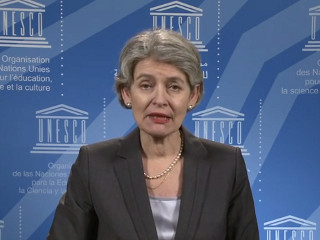 UNESCO Secretary-General introduces IYCr2014 (English)
UNESCO Secretary-General introduces IYCr2014 (English) Growing crystals: the Canberra competition
Growing crystals: the Canberra competition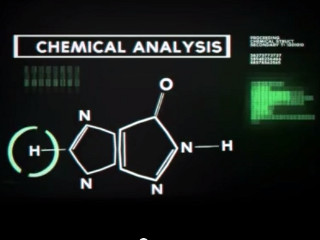 Rigaku International Year of Crystallography 2014 Sponsor Video
Rigaku International Year of Crystallography 2014 Sponsor Video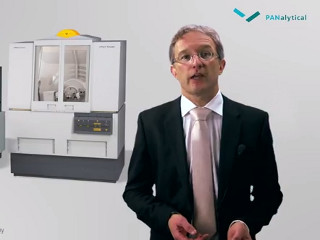 The importance of crystallography in our daily lives
The importance of crystallography in our daily lives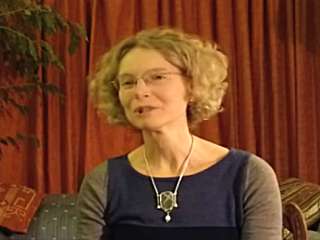 The importance of X-ray crystallography in the materials and biological sciences
The importance of X-ray crystallography in the materials and biological sciences ¿Qué es un cristal?
¿Qué es un cristal?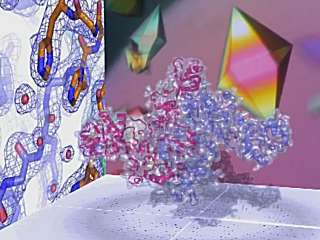 Plongée au cœur des molécules du vivant
Plongée au cœur des molécules du vivant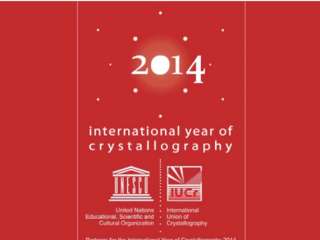 About the International Year of Crystallography
About the International Year of Crystallography UN Secretary General launches IYCr2014
UN Secretary General launches IYCr2014 BBC World News: Crystallography: 19 December 2013
BBC World News: Crystallography: 19 December 2013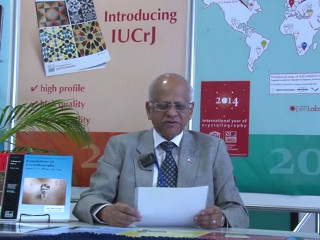 IUCr President introduces the International Year of Crystallography 2014
IUCr President introduces the International Year of Crystallography 2014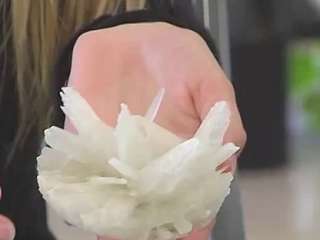 Concurso de Cristalización en la Escuela: Final 2014
Concurso de Cristalización en la Escuela: Final 2014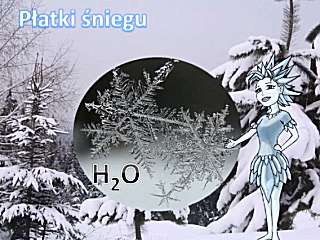 The role of crystals in human life
The role of crystals in human life Cristalografía de rayos X, una historia de cien años
Cristalografía de rayos X, una historia de cien años What crystallography can do for you
What crystallography can do for you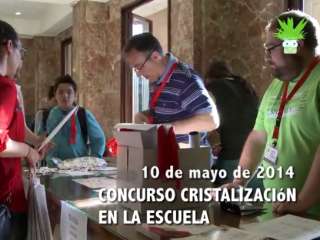 Final of the 2014 Crystallization Competition for Schools in Spain
Final of the 2014 Crystallization Competition for Schools in Spain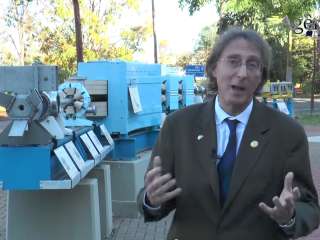 IYCr Latin American Summit meeting on Biological Crystallography and Complementary Methods
IYCr Latin American Summit meeting on Biological Crystallography and Complementary Methods The role of crystals in human life
The role of crystals in human life Año Internacional de la cristalografía en América Latina y el Caribe
Año Internacional de la cristalografía en América Latina y el Caribe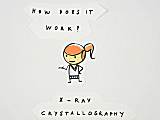 The fascinating world of crystallography - with Johanna
The fascinating world of crystallography - with Johanna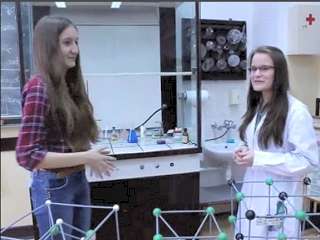 The role of crystals in human life
The role of crystals in human life How to grow a single crystal with Johanna
How to grow a single crystal with Johanna![[celebrating crystallography displays a laser diffraction pattern]](https://www.iycr2014.org/__data/assets/image/0003/96825/understanding1.jpg)
 Mars diffracts! An epic journey into the role of X-ray diffraction in space
Mars diffracts! An epic journey into the role of X-ray diffraction in space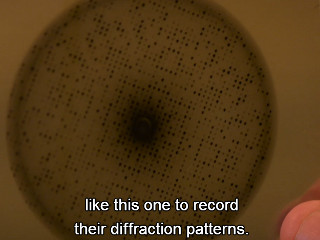 Understanding Crystallography: Part Two. From Crystal to Diamond
Understanding Crystallography: Part Two. From Crystal to Diamond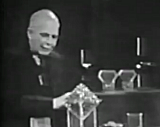 Sir Lawrence Bragg: crystals and gems
Sir Lawrence Bragg: crystals and gems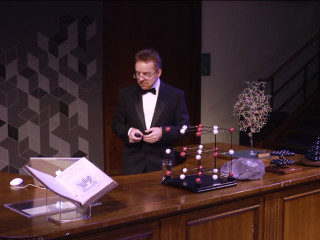 Seeing things in a different light: Friday Evening Discourse with Stephen Curry
Seeing things in a different light: Friday Evening Discourse with Stephen Curry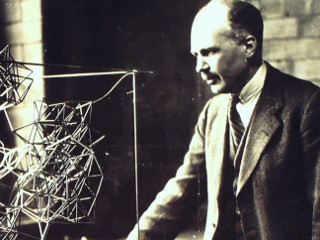 The humble Braggs and X-ray crystallography: Solving the patterns of matter
The humble Braggs and X-ray crystallography: Solving the patterns of matter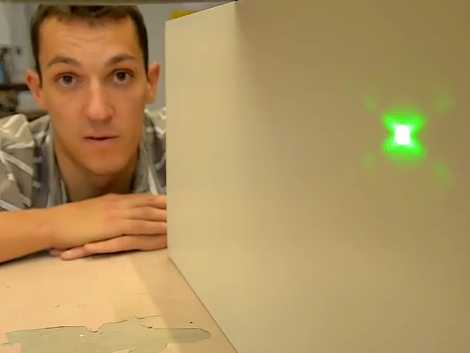 Tales from the prep room: diffraction
Tales from the prep room: diffraction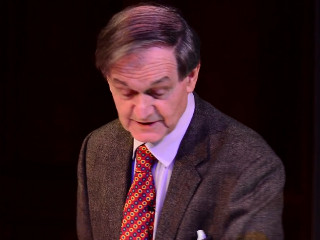 Forbidden crystal symmetry in mathematics and architecture
Forbidden crystal symmetry in mathematics and architecture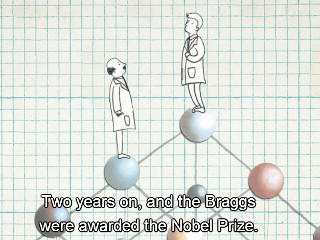 Celebrating crystallography: 100 years of crystallography
Celebrating crystallography: 100 years of crystallography Structure and Order. A century of symmetry with Judith Howard
Structure and Order. A century of symmetry with Judith Howard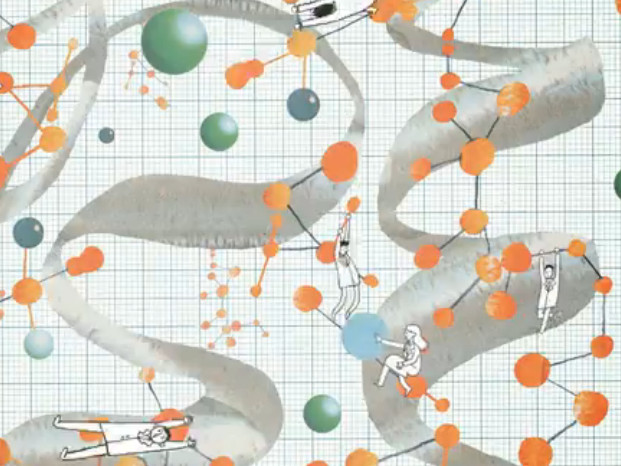 Célébrons la cristallographie! (French language version)
Célébrons la cristallographie! (French language version)![[Inside the Naica caves]](https://www.iycr2014.org/__data/assets/image/0003/102846/giant_crystals.jpg)
![[Inside the Naica caves]](https://www.iycr2014.org/__data/assets/image/0020/102881/giant_crystals2.jpg)
![[Inside the Naica caves]](https://www.iycr2014.org/__data/assets/image/0003/102882/giant_crystals3.jpg)
![[Inside the Naica caves]](https://www.iycr2014.org/__data/assets/image/0004/102883/giant_crystals4.jpg)
![[Electron density map, protein model and crystal]](https://www.iycr2014.org/__data/assets/image/0019/102727/proteins.jpg)
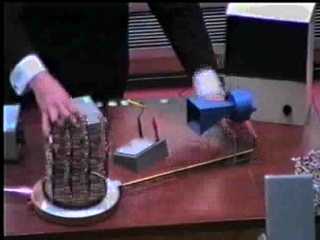 Manchester and Bragg
Manchester and Bragg 5th Moroccan School of Crystallography (French or English)
5th Moroccan School of Crystallography (French or English)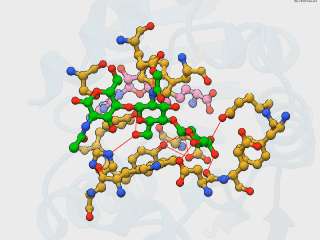 Celebrating the International Year of Crystallography with methylation of Nod Factor
Celebrating the International Year of Crystallography with methylation of Nod Factor Crystallography and the reciprocal space (English)
Crystallography and the reciprocal space (English)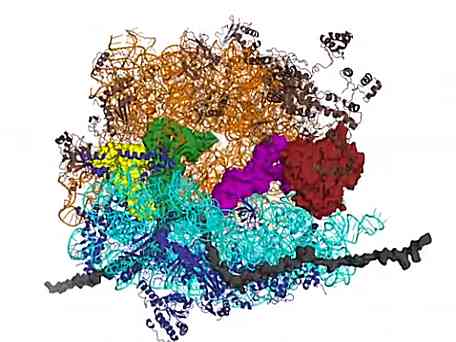 The decoding step of protein synthesis: EF-Tu delivers aminoacyl-tRNA to the ribosome
The decoding step of protein synthesis: EF-Tu delivers aminoacyl-tRNA to the ribosome A Case of Crystal Clarity: an adventure in X-ray crystallography
A Case of Crystal Clarity: an adventure in X-ray crystallography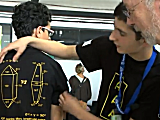 Proyecto Krystalla: school crystallization contest in Andalusia
Proyecto Krystalla: school crystallization contest in Andalusia Georgina Ferry on X-ray crystallography
Georgina Ferry on X-ray crystallography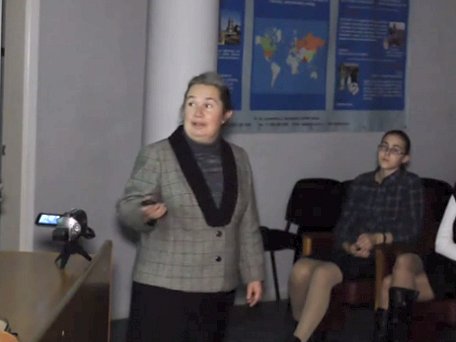 Crystals - how and why to study them (Russian)
Crystals - how and why to study them (Russian) Dorothy Hodgkin, Biochemist
Dorothy Hodgkin, Biochemist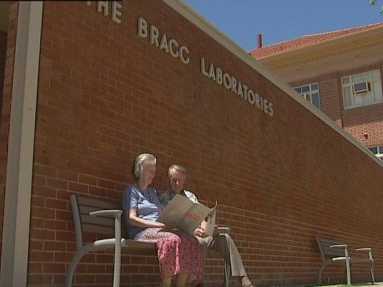 Nobel winners honoured in Adelaide
Nobel winners honoured in Adelaide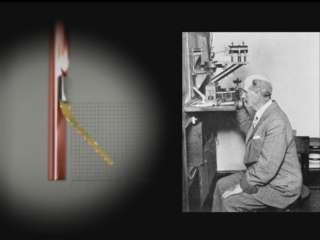 The Braggs' legacy
The Braggs' legacy Crystallographers in Conference 1965
Crystallographers in Conference 1965